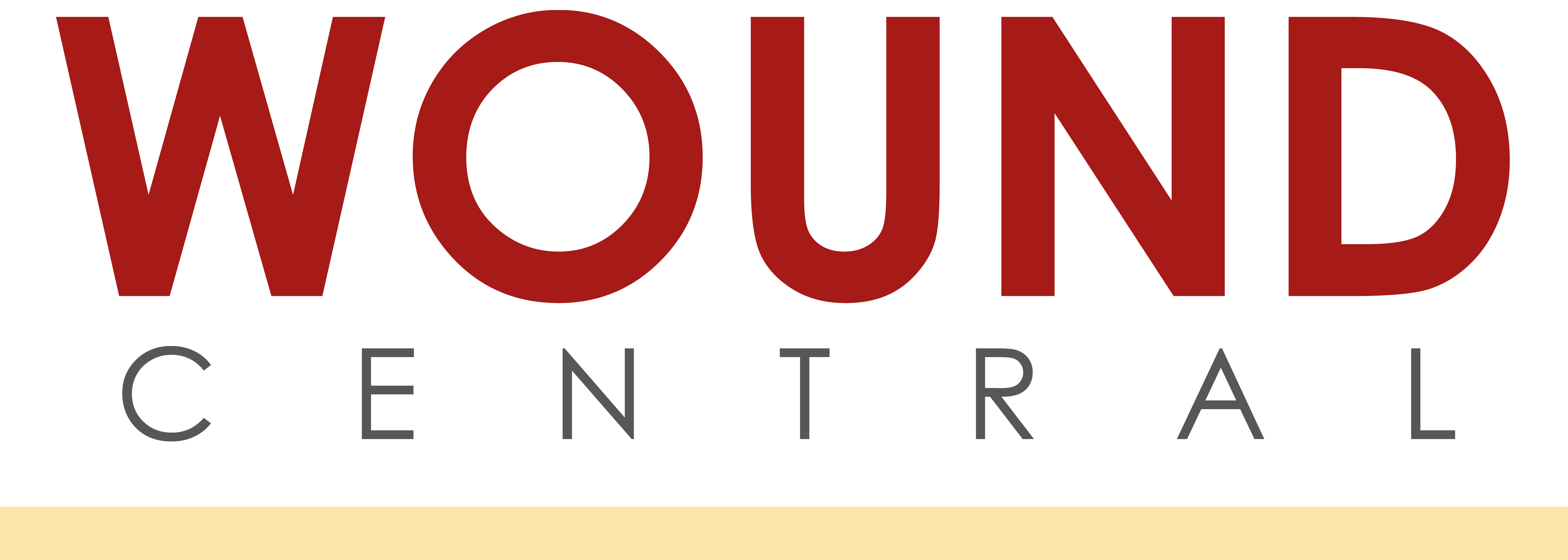References
Fluorescence imaging guided dressing change frequency during negative pressure wound therapy: a case series
Abstract
Objective:
Knowledge of wound bioburden can guide selection of therapies, for example, the use of negative pressure wound therapy (NPWT) devices with instillation in a heavily contaminated wound. Wound and periwound bacteria can be visualised in real-time using a novel, non-contact, handheld fluorescence imaging device that emits a safe violet light. This device was used to monitor bacterial burden in patients undergoing NPWT.
Methods:
Diverse wounds undergoing NPWT were imaged for bacterial (red or cyan) fluorescence as part of routine wound assessments.
Results:
We assessed 11 wounds undergoing NPWT. Bacterial fluorescence was detected under sealed, optically-transparent (routine) adhesive before dressing changes, on foam dressings, within the wound bed, and on periwound tissues. Bacterial visualisation in real-time helped to guide: (1) bioburden-based, personalised treatment regimens, (2) clinician selection of NPWT, with or without instillation of wound cleansers, and (3) the extent and location of wound cleaning during dressing changes. The ability to visualise bacteria before removal of dressings led to expedited dressing changes when heavy bioburden was detected and postponement of dressing changes for 24 hours when red fluorescence was not observed, avoiding unnecessary disturbance of the wound bed.
Conclusion:
Fluorescence imaging of bacteria prompted and helped guide the timing of dressing changes, the extent of wound cleaning, and selection of the appropriate and most cost-effective NPWT (standard versus instillation). These results highlight the capability of bacterial fluorescence imaging to provide invaluable real-time information on a wound's bioburden, contributing to clinician treatment decisions in cases where bacterial contamination could impede wound healing.
An optimal wound care treatment plan requires initial patient and wound assessment and comprehensive monitoring to re-evaluate wound status, bioburden and effectiveness of the chosen wound therapies. Negative pressure wound therapy (NPWT) has been established as an advanced therapy which improves wound closure rates by increasing local blood flow and formulation of granulation tissue.1,2,3
Evidence to date suggests that bioburden control is not a clear benefit of standard NPWT.4,5,6,7 Some studies report NPWT suppression of non-fermentative Gram-negative bacilli, for example, Pseudomonas spp., but this is associated with enhanced growth of Gram-positive bacterial species.8 NPWT with instillation (NPWTi) can be used on challenging wounds which would benefit from a combination of vacuum-assisted closure and constant irrigation with topical wound solutions, such as wound cleansers, antiseptics or saline. Most studies show that this therapy removes bioburden and other contaminants without manual intervention or disruption.4,7,8
Register now to continue reading
Thank you for visiting Wound Central and reading some of our peer-reviewed resources for wound care professionals. To read more, please register today. You’ll enjoy the following great benefits:
What's included
-
Access to clinical or professional articles
-
New content and clinical updates each month

